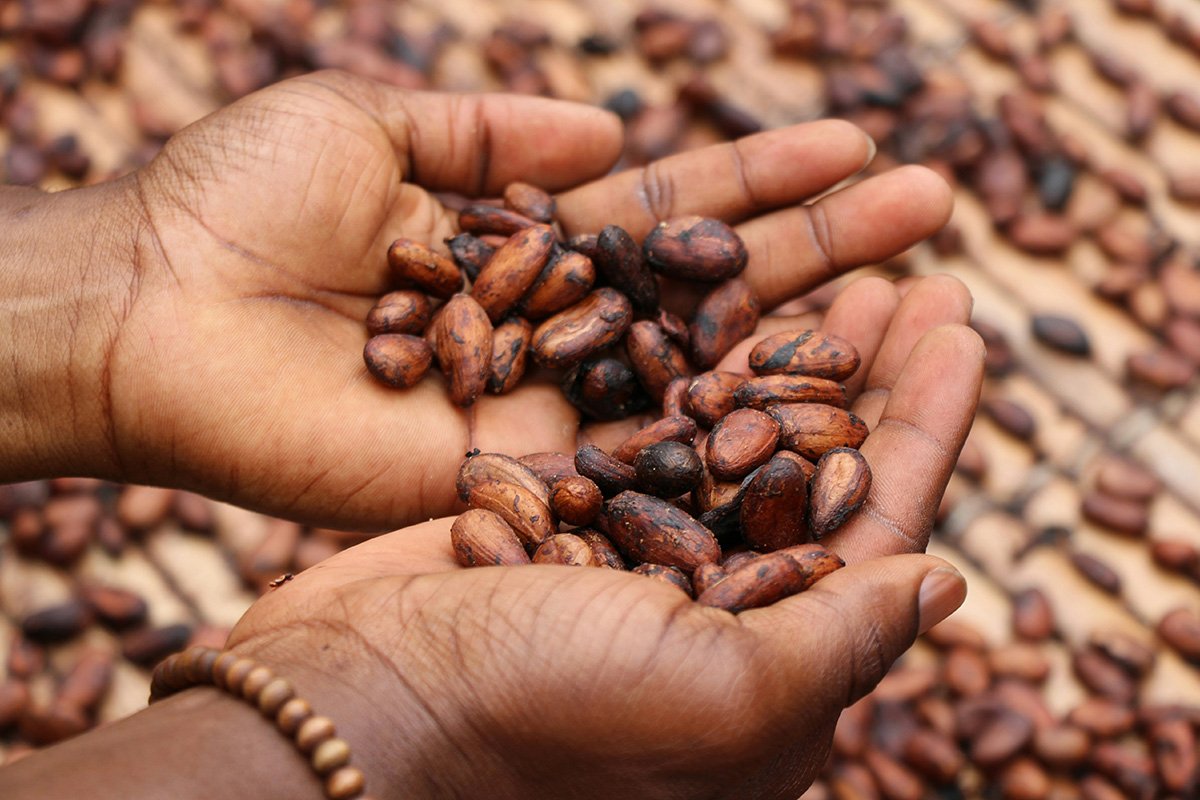
On November 3, 1972, Indigenous activists representing 300 tribes occupied the Bureau of Indian Affairs (BIA) in Washington, DC, for six days to protest the US government’s violation of its treaty obligations toward tribal nations. In a 20-point manifesto, the Trail of Broken Treaties Caravan called for the abolition of the BIA and the “reconstruction of Indian communities and securing an Indian Future in America.” The BIA was originally set up under the Secretary of War (today called the Secretary of Defense) to execute Native lands removal policies and build boarding schools for the forced assimilation of Native people.
Close to half a century later, by a 51–40 confirmation vote in Congress last Monday, Deb Haaland, Laguna Pueblo, made history by becoming the first Native American ever to hold a US cabinet post, where she will lead not just any department but the Department of the Interior (DOI). As such, she will oversee the management of the BIA, the Indian Health Service, and 55 million surface acres as well as 57 million acres of subsurface-minerals estates held in trust by the United States for Indigenous peoples. National parks, wildlife refuges, public lands, and waterways all fall under the department’s broad purview.
According to USA Today, Haaland had humble beginnings, as one of five children who moved to 13 different public schools with their military parents. She struggled financially as a single mother and is probably one of the few congresspeople still burdened by a $50,000 student loan. Both of her grandparents were taken against their will to boarding schools, and her grandmother was kept from her family for five years but was somehow able to keep and pass on Indigenous traditions and values to her descendants, shaping Haaland’s worldview.
As we’ve previously reported at NPQ, Haaland’s leadership as a lawmaker has been recognized far and wide. Congresspeople with ties to the fossil fuels industry heavily criticized her nomination as Secretary of the Interior, as her commitment to the environment is clear-cut. When sponsoring a bill last year—the Thirty by Thirty Resolution to Save Nature—that set a goal for conserving at least 30 percent of the ocean and land by 2030, Haaland declared:
Our communities deserve fresh air to breathe, clean water to drink, and a livable planet, but right now inaction on climate change is putting everything at risk, particularly in communities of color. Globally, the loss of nature—accelerated by climate change—is putting up to one million species on the path to extinction. Conserving our lands and waters is essential to protecting humans and wildlife and stabilizing our climate.
Members of Native nations have celebrated her confirmation with deep emotion, such as Jade Begay, climate justice campaign director at the NDN Collective, who said in a tweet:
As a Pueblo kid, I never thought I would see another Pueblo woman be elected into Congress, let alone confirmed to lead the DOI. It just never crossed my mind. Thats how deep internalized oppression can be. #DebForInterior is sure to break those cycles for our young ones. https://t.co/aVSkzWOcSW
Sign up for our free newsletters
Subscribe to NPQ's newsletters to have our top stories delivered directly to your inbox.
By signing up, you agree to our privacy policy and terms of use, and to receive messages from NPQ and our partners.
— #debforinterior (@_jadebegay) March 15, 2021
Native nations were also celebrating this week the $31.2 billion in resources set aside for Native programs as part of the $1.9 trillion coronavirus American Rescue Plan. The full provisions crafted by the Senate Committee on Indian Affairs include the following:
- $20 billion for tribal governments
- $6 billion-plus for Native health programs and facilities to fight COVID-19, including money set aside for mental health issues
- $1.248 billion for housing assistance
- $1.1 billion for Native schools, colleges, education agencies and programs
- $1 billion-plus for childcare and family assistance
- $900 million for the BIA for Tribal government services, including housing improvement and potable water delivery
- $600 million for economic and infrastructure investments
- $20 million for the preservation of Native languages and their role in mitigating COVID-19 impacts
- $19 million for family and domestic violence prevention
Mark Trahant at Indian Country Today points out that compared to the $2 billion in funds included in last year’s CARES Act, this amount represented a 900 percent increase. Coupled with the $1,400 relief checks and a $3,000 tax credit per child ($3,600 for children under six years old) for eligible families, this package will significantly help those who are struggling the most.
“The number of eligible Native American families [is] striking because roughly 30 percent of all American Indians and Alaska Natives are under the age of 18 years old,” writes Trahant.
In a letter to President Joe Biden from Native women leaders back in November—including Representative Sharice Davids (D-KS)—the writers expressed a lot of hope in their desire to move towards comprehensive reform and repair plans for US-tribal Nations relations. “As Native American women in leadership positions who are also mothers, grandmothers, daughters, sister and aunties, we finally feel like we can breathe again. Your campaign’s Federal Indian policy statement is the most comprehensive and meaningful we have ever seen,” they wrote.
Native Americans know perfectly well about broken promises, so to see calls for social justice transformed into actual policies and appointments, such as Madame Secretary Deb Haaland, is indeed a breath of fresh air. We owe such transformative changes to the relentless powerful resilience of Indigenous people—including boarding school survivors like Haaland’s grandmother—whose teachings as caretakers of their people and ancestral lands will shape this country for centuries to come.











